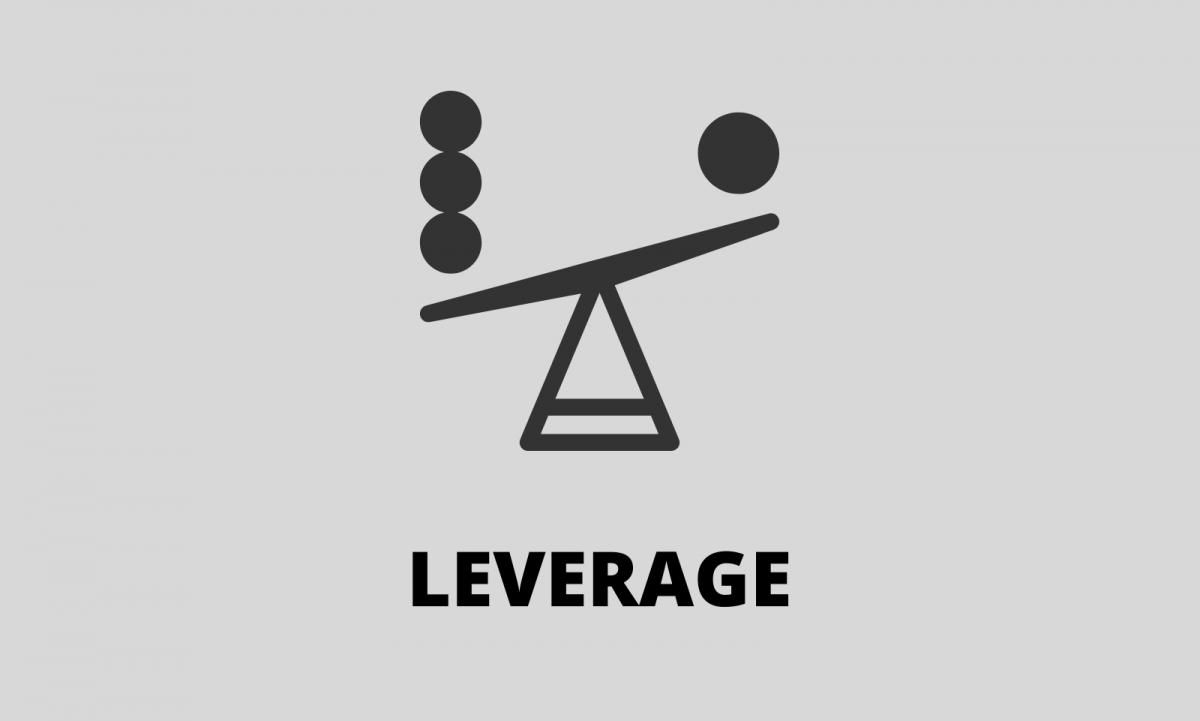Introduction
In the realm of decision-making, the concept of Leverage serves as a potent mental model. Leverage can be defined as the strategic use of resources, influence, or opportunities to amplify the impact of one’s actions or decisions. Understanding and harnessing Leverage is essential, as it has a profound influence on the outcomes of our choices. Anchored in human psychology, this mental model is prevalent in our day-to-day lives, shaping our decision-making processes. In this comprehensive blog post, we will explore the definition of Leverage, its relevance in decision-making, its occurrence in various contexts, examples of its occurrence, the biases contributing to it, strategies to identify and avoid succumbing to Leverage, and the implications of awareness and active avoidance of this mental trap.
Defining Leverage and Its Relevance
Leverage, as a mental model, represents the strategic use of resources, influence, or opportunities to magnify the impact of one’s decisions. It allows individuals or groups to achieve greater results with less effort or resources. Leverage is highly relevant in decision-making as it enables individuals to make the most effective and efficient choices by maximizing their impact. By understanding the concept of Leverage, we can optimize our decision-making processes and achieve desired outcomes.
Anchored in Human Psychology and Prevalence in Daily Life
The Leverage mental model is deeply rooted in human psychology. As rational beings, we constantly seek ways to maximize our efforts and resources. Leverage manifests in various aspects of our day-to-day lives, from personal decisions to business scenarios and public policy-making. It permeates our actions and choices, shaping the direction and outcomes of our endeavors.
Examples of Leverage in Various Contexts
- Personal Life Decisions: Consider an individual seeking personal growth and skill development. They may identify the Leverage in enrolling in a high-quality educational program or working with a mentor who can provide guidance and support. By leveraging these resources, the individual can acquire knowledge and skills more efficiently, accelerating their personal growth and achieving their goals.
- Business Scenarios: In the business world, Leverage is frequently observed in strategic partnerships or collaborations. For instance, a small startup can leverage the expertise, network, and resources of a larger established company through a partnership. By combining forces, the startup gains access to new markets, resources, and credibility, allowing for accelerated growth and increased chances of success.
- Public Policy-Making: Leverage is also relevant in the realm of public policy-making. Governments can leverage the influence and expertise of nonprofit organizations or advocacy groups to address societal issues. By partnering with these organizations, governments can tap into their knowledge, networks, and resources, leading to more effective and impactful policy initiatives.
Mental Biases and Psychological Underpinnings
Several mental biases contribute to Leverage, including availability bias and loss aversion. Availability bias leads individuals to prioritize options that come to mind easily, potentially overlooking more effective leverage points. Loss aversion bias causes individuals to be risk-averse and hesitant to take action, which can hinder their ability to capitalize on opportunities for leverage.
Another psychological underpinning of Leverage is the scarcity mindset. Individuals with a scarcity mindset tend to focus on what they lack rather than exploring opportunities for leverage. This mindset limits their ability to recognize and exploit leverage points.
Identifying and Avoiding Leverage Traps
To identify when individuals might be succumbing to Leverage, it is essential to be aware of the following signs:
- Overemphasis on Immediate Efforts: Placing disproportionate focus on immediate actions rather than considering the long-term impact and potential leverage points.
- Inadequate Evaluation of Resources: Failing to identify and leverage available resources, such as knowledge, networks, or partnerships, that can enhance the effectiveness of decisions.
- Neglecting Systemic Thinking: Failing to recognize interconnected relationships and dependencies that can be leveraged for more significant impact.
To avoid falling prey to Leverage traps, individuals can employ the following strategies:
- Systematic Analysis: Conduct a thorough analysis of the decision at hand, considering various factors, dependencies, and potential leverage points.
- Long-Term Perspective: Consider the long-term consequences and implications of decisions rather than focusing solely on short-term gains.
- Resource Evaluation: Evaluate available resources, including knowledge, skills, networks, and partnerships, and identify how they can be leveraged to amplify the impact of decisions.
- Collaborative Approaches: Seek opportunities for collaboration and partnership, leveraging the expertise and resources of others to achieve shared goals.
The Value of Awareness and Active Avoidance
Understanding the implications of Leverage and actively avoiding its pitfalls can significantly enhance decision-making. By being aware of the biases that contribute to Leverage and employing strategies to mitigate them, individuals can make more objective, informed, and impactful choices. Awareness and active avoidance of the Leverage mental trap lead to better outcomes, increased efficiency, and the realization of long-term goals.
Conclusion
The Leverage mental model empowers individuals to strategically utilize resources, influence, and opportunities to magnify the impact of their decisions. Anchored in human psychology and prevalent in various contexts, Leverage plays a crucial role in shaping our decision-making processes. By recognizing the occurrence of Leverage in personal life decisions, business scenarios, and public policy-making, we can understand how individuals or groups can fall prey to irrational decisions contrary to their best interests. Exploring the mental biases and psychological underpinnings of Leverage provides insight into the factors influencing decision-making. By employing practical strategies and tips to identify and avoid succumbing to Leverage, individuals can make more objective decisions and capitalize on available opportunities. Embracing awareness and actively avoiding the Leverage mental trap lead to improved decision-making, increased efficiency, and the achievement of long-term goals. Harness the power of Leverage wisely, and unlock your full potential.
